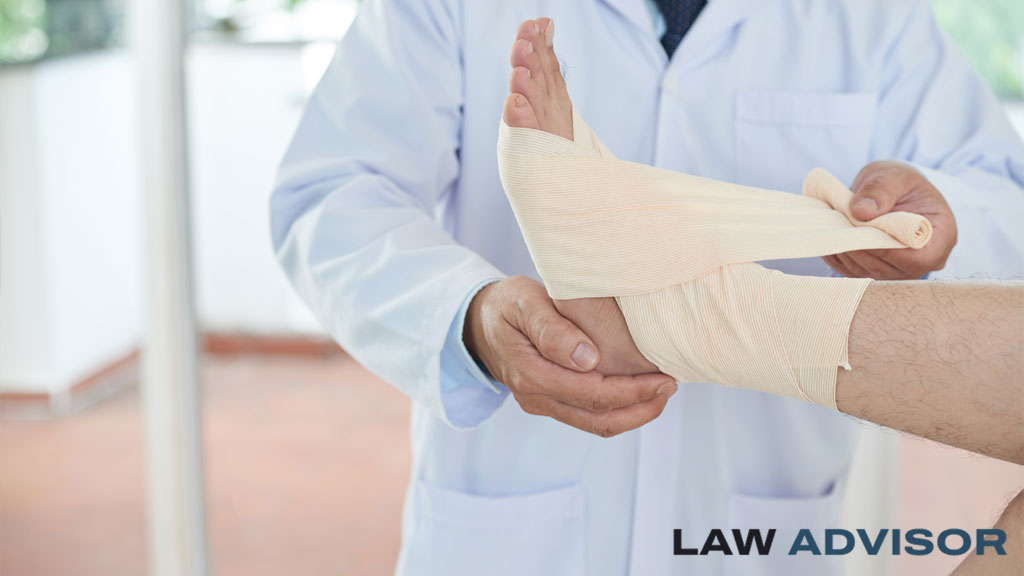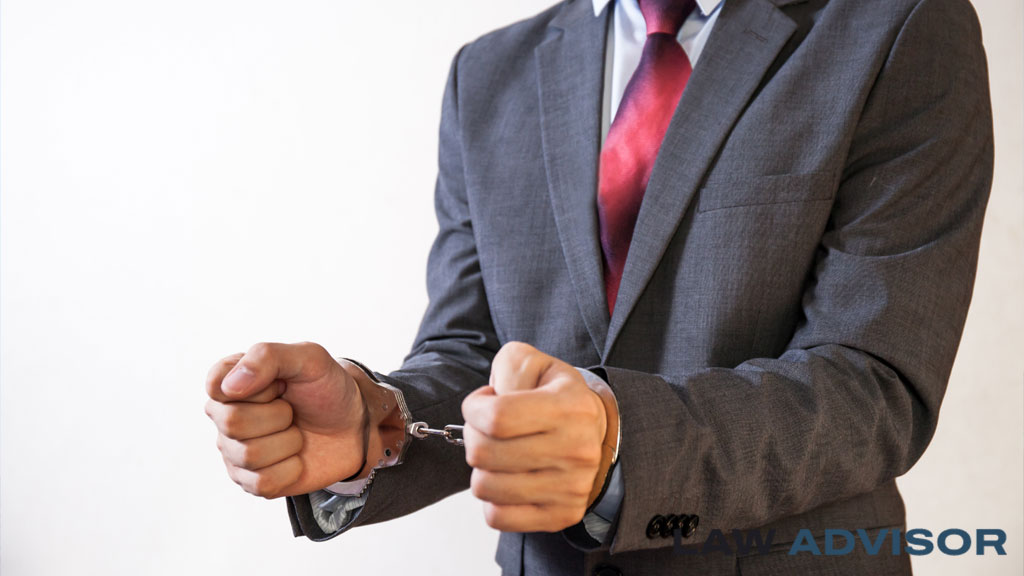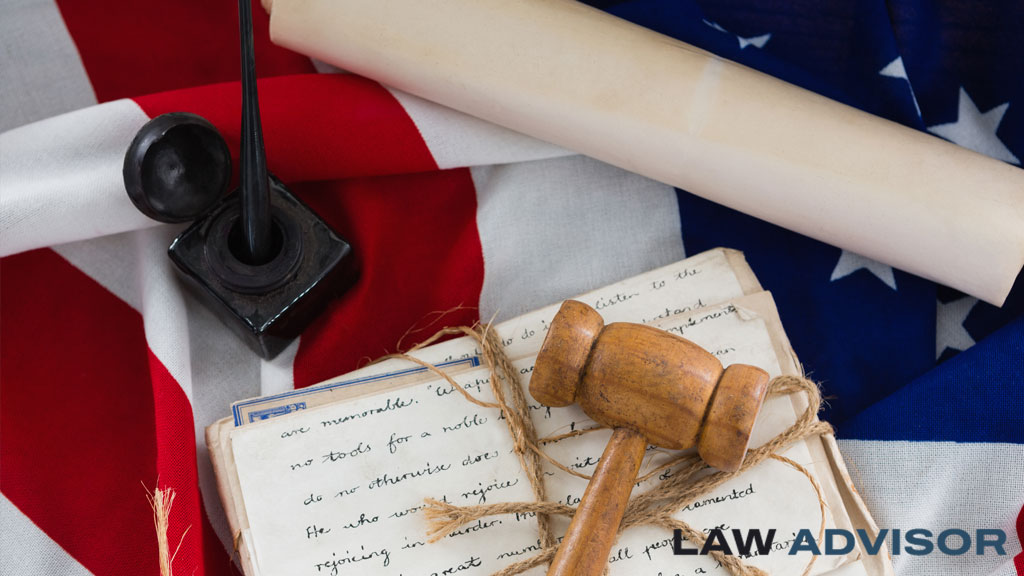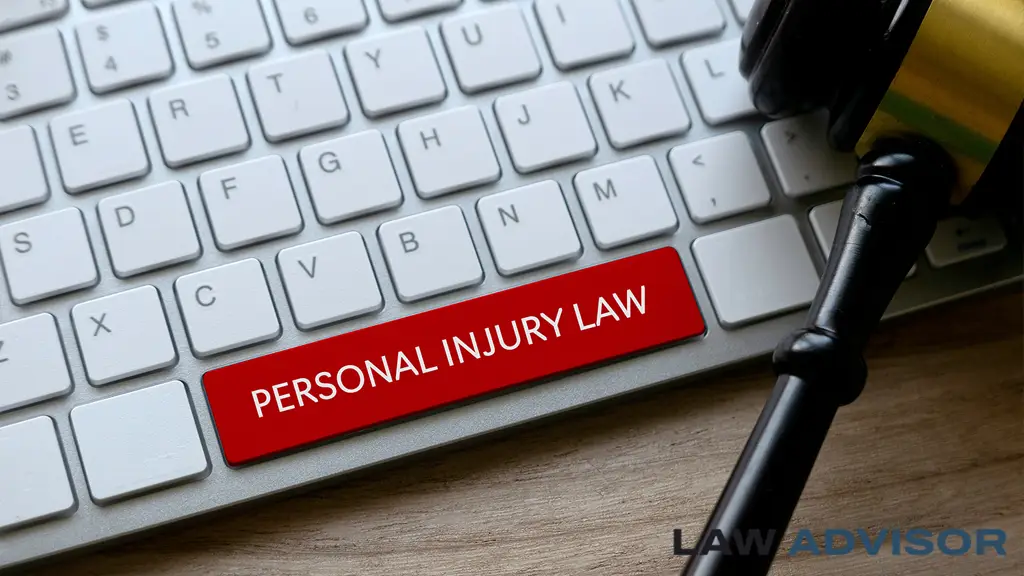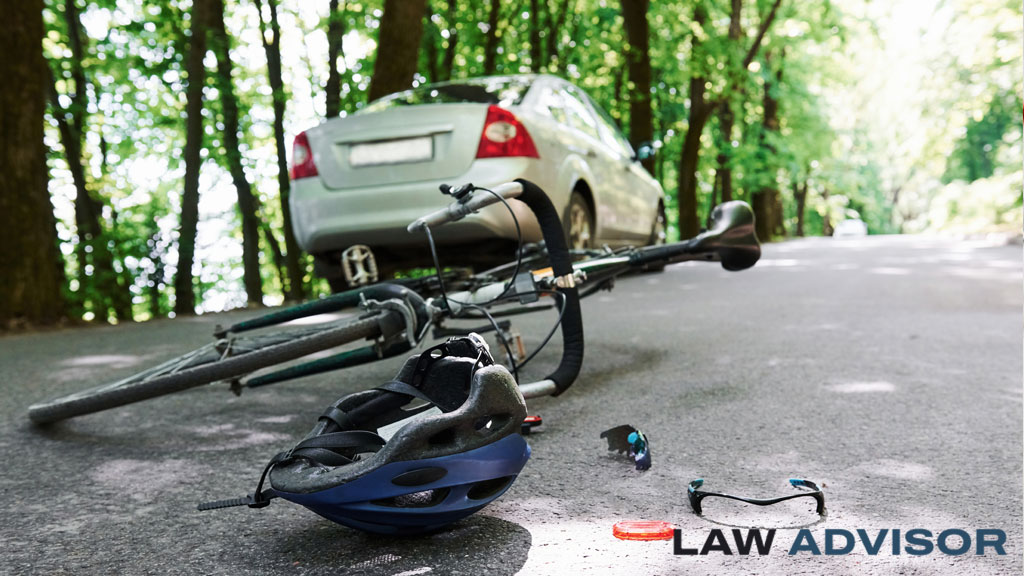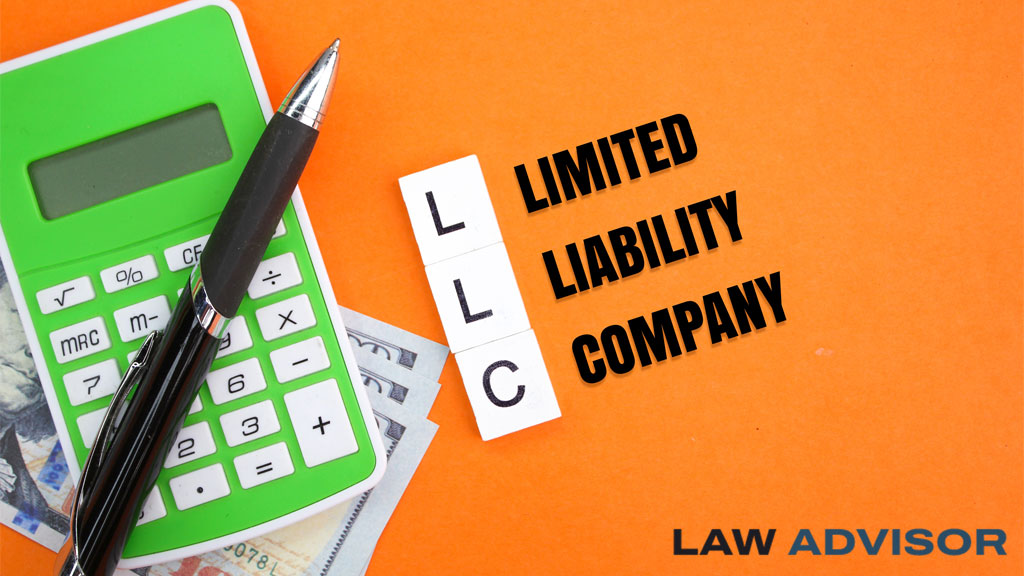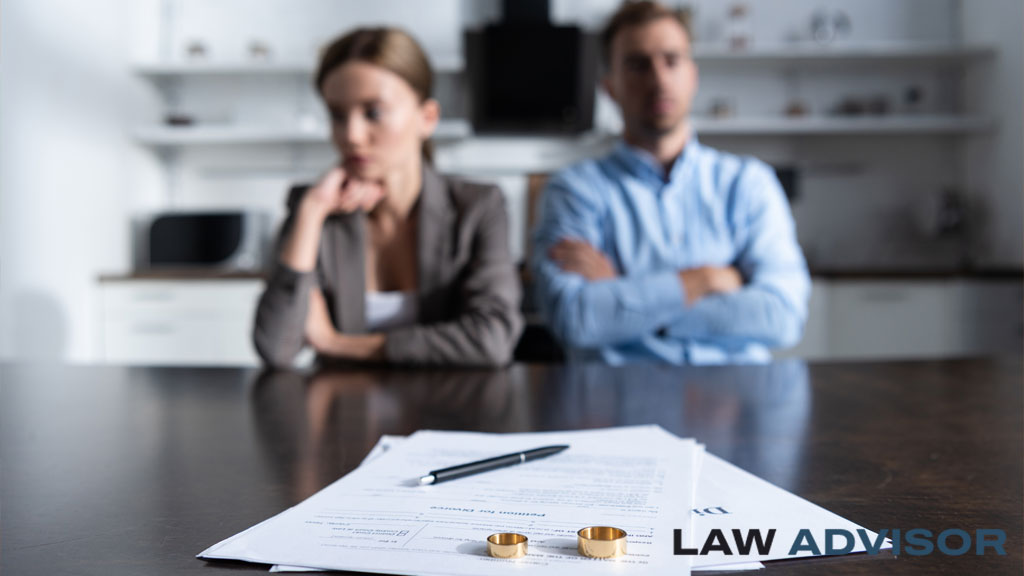Slip and fall accidents happen in an instant — but the aftermath can be serious, painful, and expensive. If you’ve been injured after slipping on someone else’s property, you may be wondering: Who is legally responsible?
This comprehensive guide breaks down when property owners are liable, what you need to prove, and how to protect your rights after a slip and fall injury.
What Is a Slip and Fall Accident?
A slip and fall accident occurs when a person slips, trips, or falls due to a hazardous condition on someone else’s property. These cases fall under a type of law called premises liability.
Common Causes of Slip and Fall Injuries
- Wet or slippery floors
- Uneven or broken sidewalks
- Poor lighting
- Cluttered walkways
- Loose rugs or mats
- Ice or snow buildup
- Broken stairs or handrails
🏥 Slip and falls can result in serious injuries, including fractures, head trauma, and back injuries.
When Is a Property Owner Liable?
Property owners have a legal duty to maintain reasonably safe conditions. They may be held responsible if:
- They knew about the hazard and didn’t fix it
- They should have known about the hazard
- They created the hazard
The key factor is negligence — the failure to take reasonable care to prevent harm.
Proving a Slip and Fall Case
To win a slip and fall lawsuit, you’ll typically need to prove:
- A hazardous condition existed
- The property owner knew or should have known about it
- The owner failed to take action to fix or warn about it
- You suffered injuries and damages as a result
📸 Evidence like photos, video surveillance, medical records, and witness testimony is crucial.
What If You Were Partially at Fault?
Many states follow comparative negligence laws. This means:
- If you were partially responsible, your compensation may be reduced
- In some states, if you’re more than 50% at fault, you may be barred from recovering damages
⚖️ Always consult an attorney to understand your state’s negligence rules.
Examples of Property Owner Liability
- Grocery store fails to clean up a spill in an aisle for hours
- Landlord ignores repeated complaints about broken stairs
- Restaurant doesn’t place a “wet floor” sign after mopping
- Retail store leaves loose wires in walking paths
Defenses Property Owners Might Use
Property owners and insurance companies may argue:
- The hazard was open and obvious
- You were distracted or careless
- You were trespassing
- They had no reasonable opportunity to fix the problem
👩⚖️ A skilled attorney can help you respond to these defenses.
What to Do After a Slip and Fall Accident
- Report the incident to the property manager or owner
- Document the scene with photos or videos
- Get contact information from witnesses
- Seek medical attention immediately
- Preserve clothing and shoes as potential evidence
- Contact a personal injury attorney to evaluate your case
Time Limits to File a Claim
Each state has a statute of limitations for personal injury claims — typically 1 to 3 years from the date of the accident.
⏳ Missing the deadline could result in losing your right to compensation.
Damages You May Be Entitled To
If you win your case, you may recover compensation for:
- Medical bills (past and future)
- Lost wages
- Pain and suffering
- Emotional distress
- Loss of quality of life
Final Thoughts
Slip and fall accidents can be both painful and legally complex. Knowing who’s responsible — and how to build a strong case — is key to protecting your health and financial future.
At Law Advisor Pro, we break down complicated legal topics like premises liability into clear, helpful information so you know your rights.
⚖️ Disclaimer: This article is for informational purposes only and is not legal advice. Always consult with a qualified personal injury attorney regarding your specific situation.

